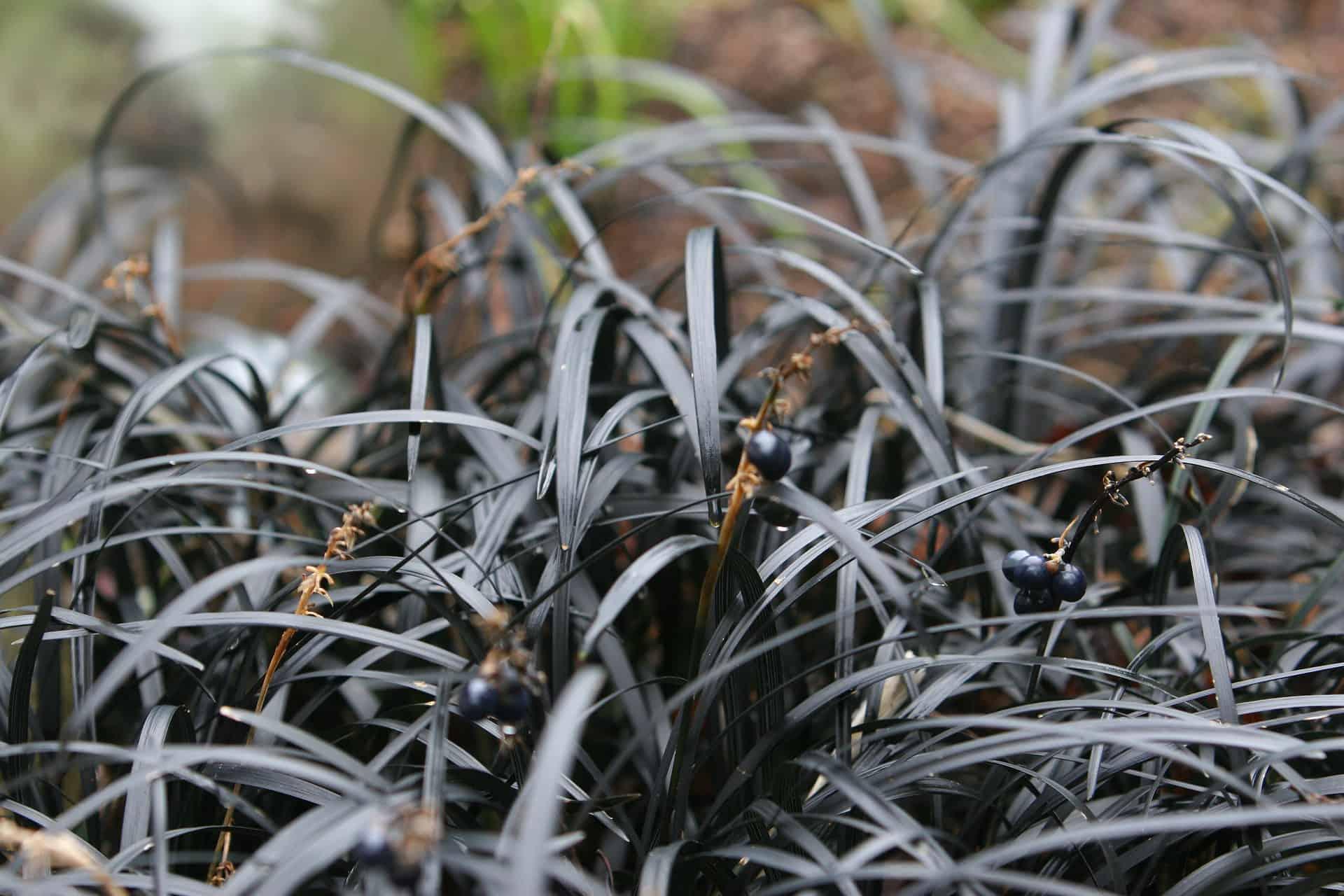Gardenias, with their exquisite white flowers and captivating fragrance, have been cherished in South Carolina for centuries. Named after the Scottish naturalist Alexander Garden, these shrubs require a bit of extra attention to grow well, but their beauty makes it all worthwhile.
Mature Height/Spread
Gardenias, also known as cape jasmine (Gardenia jasminoides), are evergreen shrubs that typically reach a height of 3 to 8 feet, depending on the cultivar. The spread is usually about the same as the height. The glossy, dark-green foliage grows to be 2 to 4 inches long and is half as wide. The flowers, which can be single or double, have a diameter of 2 to 4 inches. They are waxy, white, and emit a delightful fragrance.
Growth Rate
Gardenias have a medium growth rate.
Landscape Use
Primarily grown for their fragrant flowers and attractive foliage, gardenias should be planted in areas where their fragrance can be fully appreciated. The flowers open gradually from May through June and sporadically throughout the summer. Additionally, gardenias are considered deer-resistant shrubs.
Cultivation
Gardenias require regular maintenance to thrive. Fall is the best time for planting them. They prefer to be planted in light to partial shade, ideally with morning sun and afternoon shade. Gardenias are sensitive to root disturbance. Smaller cultivars can also be grown in containers, allowing their fragrance to be enjoyed up close.
Gardenias prefer moist, well-draining soil with a pH below 6.0. Before planting, it is advisable to add organic matter, such as compost or ground composted pine bark, to the soil. Mulching with pine straw, compost, or ground bark to a depth of 2 to 3 inches is also recommended.
In terms of fertilization, gardenias should be lightly fertilized in the spring after the threat of frost has passed. A well-balanced, extended-release, acid-forming azalea fertilizer with a nutrient ratio of 2-1-1 is recommended. Organic fertilizers, which are less nutrient-rich, can also be used in the spring and early summer. It is best to avoid fertilizing gardenias in the fall, as it may stimulate tender growth that can be damaged by winter temperatures below 15 degrees.
After the flowering season ends in summer, it is advisable to prune the shrubs to remove straggly branches and faded flowers. Gardenias should be watered weekly, especially during periods of drought in summer. Drip irrigation is recommended to keep water off the foliage and blossoms, preventing leaf spots.
Older gardenia cultivars are typically hardy to USDA zone 8, while newer and smaller cultivars are hardy to at least USDA zone 7a. However, dwarf cultivars are often more cold-sensitive.
Problems
The most common problem gardenias face is a whitefly infestation. These small flies suck out the leaf sap, leaving the top sides of infested leaves pale or spotted. They primarily infest the lower surface of each leaf, leaving behind a sugary waste called honeydew, which can attract a black mold. Whiteflies can be controlled by spraying the lower surfaces of leaves with insecticidal soap or horticultural oil.
Other problems that gardenias may encounter include aphid infestations, nematodes that feed on plant roots, and root rots caused by fungi, especially in poorly drained soils. Bud drop, where flower buds abort and drop off just before opening, can occur due to low humidity, overwatering, under-watering, insufficient light, or high temperatures.
Cultivars
There are various cultivars of gardenias available, each with its own unique characteristics. Here are some notable cultivars:
Larger, Upright, Double-flowered Cultivars:
- ‘August Beauty’: Grows 4 to 6 feet tall with double 3-inch flowers.
- ‘Mystery’: Best-known selection, grows 4 to 6 feet tall with 4- to 5-inch double white flowers.
- ‘First Love® (‘Aimee’)’: Large (4 to 5-inch diameter) double blooms, grows 5 to 8 feet tall and 3 to 6 feet wide.
- ‘Frost Proof’: Produces fragrant double blooms, 2 to 3 inches in diameter, during early summer and sporadically throughout the season. Grows 5 feet tall and 4 feet wide.
- ‘Mystery’: Older cultivar, reaches 5 feet tall and 3 feet wide, sometimes growing up to 6 to 8 feet tall. Produces very large double flowers.
- ‘Summer Snow® (PP22797)’: Cold hardy cultivar, grows 4 to 5 feet tall and wide with double flowers.
- ‘Veitchii’: One of the oldest cultivars, grows 4 to 6 feet tall and 3 to 4 feet wide. Has double flowers with a long bloom period.
Smaller Cultivars with Repeat Blooming:
- ‘Chuck Hayes’: Extra cold-hardy cultivar, grows 4 feet high with semi-double, 2 to 3-inch flowers during summer and a profuse re-bloom in fall.
- ‘Crown Jewell® (PP19896)’: Heavy bloomer with double fragrant flowers and good cold hardiness. Grows 2 feet tall and 4 feet wide.
- ‘Daisy’: Recommended for the Upstate of South Carolina, grows about 3 feet tall and wide, and produces single-flowered blooms.
- ‘Double Mint’ (PPAF): Compact and dense shrubs that grow to 3 feet tall and wide. Produces double 2-inch blooms in early summer and repeats throughout the season.
- ‘Heaven Scent® (‘Madga I’, PP19988)’: Fragrant, semi-double 5- to 6-inch flowers on a 3 to 4 feet tall and wide shrub.
- ‘Jubilation™ (‘Lee One’, PP21983)’: From the Southern Living Plant Collection, grows 3 to 4 feet tall and 3 feet wide. Blooms with double flowers in late spring and re-blooms through summer into fall.
- ‘Kleim’s Hardy’: Hardy to 10 °F, grows 3 feet tall and wide with single flowers in summer. May have a small flush of blooms in fall.
- ‘Pinwheel® (‘PIIGA-1’, PP22510)’: Fragrant, narrow-petaled, single flowers that bloom late spring and repeat until fall. Grows 4 feet tall and wide.
- ‘Scent Amazing™ (‘LeeTwo’, PPIP)’: From the Southern Living Plant Collection, grows 3½ feet tall and 4 feet wide. Blooms late spring/early summer and repeats until fall with single white blossoms.
- ‘Variegata’: Compact shrub with nicely variegated foliage and double flowers. Reaches 3 to 4 feet tall and wide.
Dwarf Cultivars:
- ‘Fragrant Pathways’: Evergreen groundcover that grows from 8 to 10 inches high with a 3-foot spread. Has white double flowers and narrow foliage.
- ‘Radicans’: Grows only 6 to 12 inches tall and spreads 2 to 3 feet. Features small, dark green leaves and inch-wide double flowers in summer.
- ‘White Gem’: Slow-growing dwarf cultivar that reaches 2 feet tall and 1 to 2 feet wide. Produces single 6-petaled flowers in late spring/early summer. Suitable for containers.
Please note that this list is not exhaustive, and there are many more cultivars available.
So, if you’re looking to add a touch of elegance and a wonderful fragrance to your garden, consider planting gardenias. With their beautiful white flowers and glossy green foliage, they are sure to enchant both you and your visitors.



